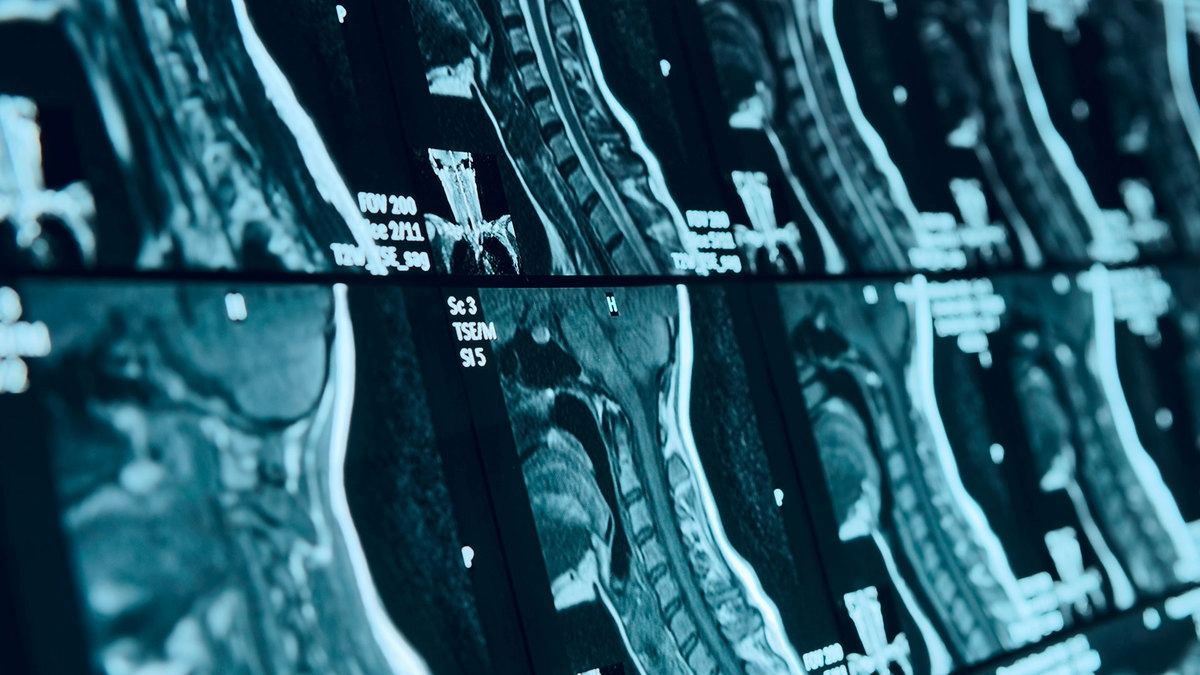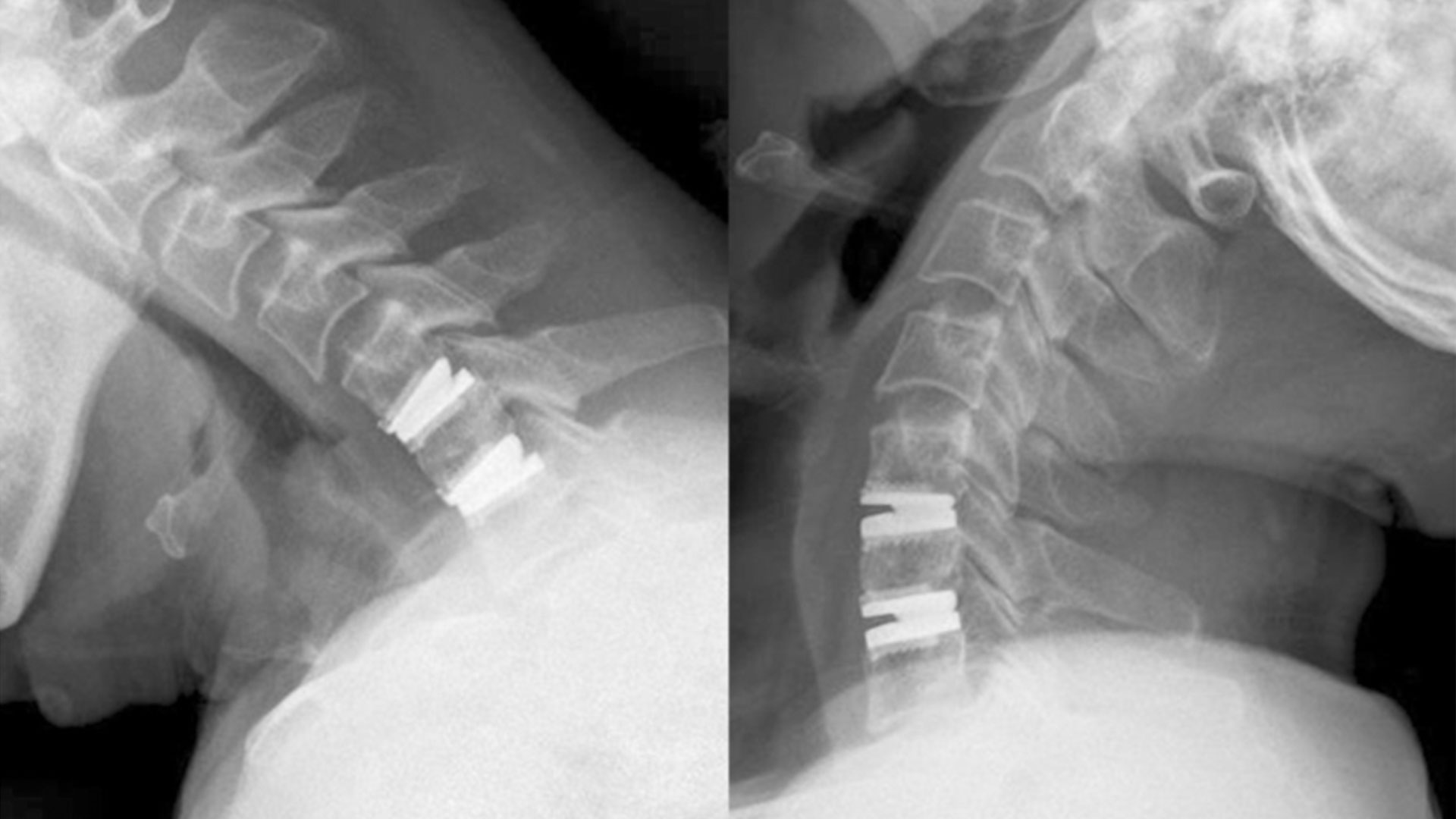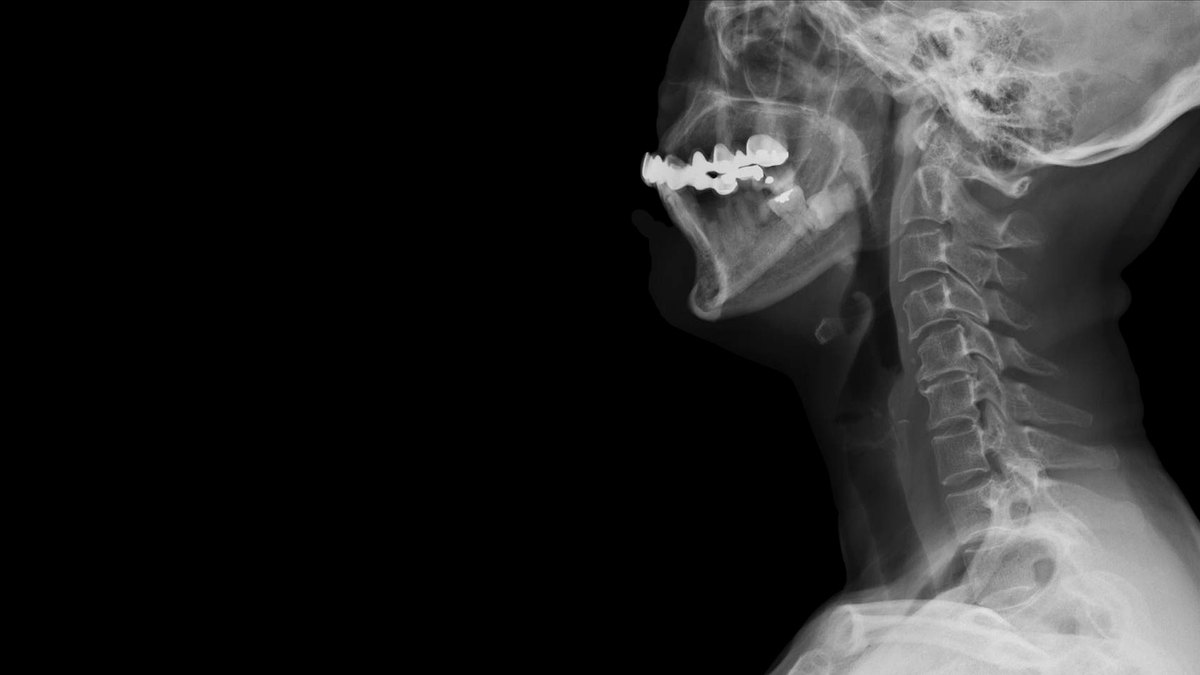
In the realm of Orthopaedic Surgery, particularly in the specialized areas of Spine Open Repair & Reconstruction and Spine Minimally Invasive procedures, excellence is not merely a goal but a necessity. It is with great pride that we celebrate Dr. Seth Grossman for winning the prestigious Select Surgeon award for the second year in a row.





